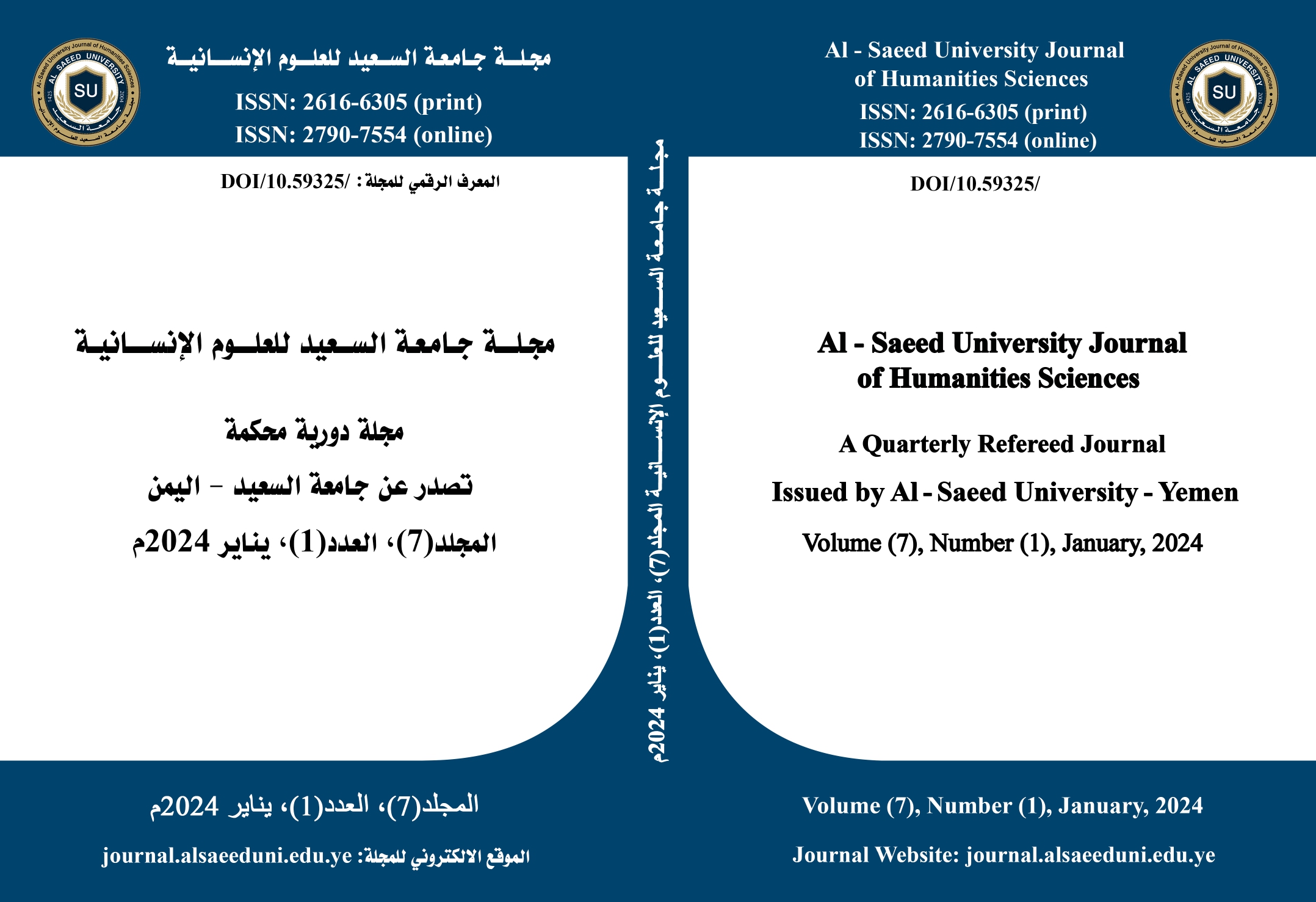The level of exercise of athletic prowess skills previously Mathematics teachers during teaching
DOI:
https://doi.org/10.59325/sjhas.v7i1.206Keywords:
practice, Athletic Prowess, Mathematics Teachers, TeachingAbstract
The study aimed to reveal the level of mathematical proficiency practiced by mathematics teachers during teaching to achieve this goal, the descriptive approach was used, and the sample consisted of (30) mathematics teachers, and a note card was designed that consisted of five areas: conceptual comprehension, procedural fluency, strategic competence, adaptive reasoning, and the educational environment, consisting of (35) items. The study reached the following results:
- The level of mathematical prowess practiced by mathematics teachers as a whole obtained an arithmetic average of (2.68) and with stairs Hpractice Medium.
- He got room Conceptual compare hension on an arithmetic average of (3.347) And with a strong degree of practice.
- He got room Procedural fluency on an arithmetic average of (2.31) With a weak degree of practice.
- He got room Strategic efficiency on an arithmetic average of (2.84) With a moderate degree of practice.
- The field of educational environment on an arithmetic average of (1.905) And to the degree of practice Very weak.
- He got room Adaptive inference on an arithmetic average of (2.52) With a weak degree of practice.
- There are no statistically significant differences at the significance level (05.) In the level of practicing sporting prowess due to the variables of school grade and years of experience.
In light of these results, the study reached a number of recommendations
Downloads
Published
How to Cite
Issue
Section
License
copyright is retained by the authors. Articles are licensed under an open access Creative Commons CC BY 4.0 license, meaning that anyone may download and read the paper for free. In addition, the article may be reused and quoted provided that the original published version is cited. These conditions allow for maximum use and exposure of the work.



